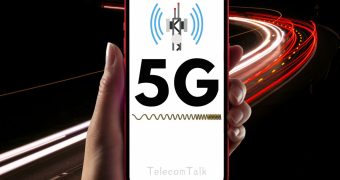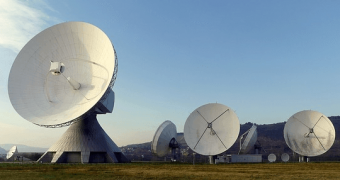Qualcomm and Facebook today announced they are working together to deliver high-speed internet connectivity with Facebook's Terragraph technology through the development of a multi-node wireless system based on 60GHz technology from Qualcomm. Facebook's terrestrial connectivity system aims to improve the speed, efficiency and quality of internet connectivity around the world at only a fraction of the cost of fibre deployments. As part of the partnership, Qualcomm will integrate its QCA6438 and QCA6428 family of pre-802.11ay chipsets with Facebook's Terragraph technology. This integration will help the manufacturers to build 60GHz mmWave solutions using the unlicensed 60GHz spectrum and provider Fixed Wireless Access (FWA) to high-speed broadband connections to users in urban areas.

The companies expect to begin trials of the integrated solution by mid-2019. For the unaware, Facebook's Terragraph technology supports broadband connectivity through a network-based on millimetre-wave wireless backhaul. It is based on the pre-802.11ay standard with enhancements provided by the Qualcomm chipset and the integrated software between Facebook and Qualcomm to support efficient outdoor operation and avoid interference in dense environments.
“Our collaboration with Facebook will bring advanced 11ad and pre-11ay technologies to market increasing broadband penetration and enabling operators to reduce their capex for last mile access,” said Irvind Ghai, vice president, product management, Qualcomm Atheros, a subsidiary of Qualcomm Technologies.
“Terragraph cloud controller and TDMA architecture coupled with Qualcomm Technologies solution’s 10 Gbps link rate, low power consumption and early interference mitigation techniques will help make gigabit connectivity a reality,” he added.
Qualcomm has optimised its solution for outdoor backhaul by introducing a number of enhancements such as TDMA-based protocol, time synchronised nodes, channel bonding and massive antenna array among others, to overcome large obstacles in dense urban environments, deliver high-capacity coverage, and the potential to reduce costs and time to market.
It's unknown whether both the companies will bring the same technology to provide broadband connectivity in urban areas.















